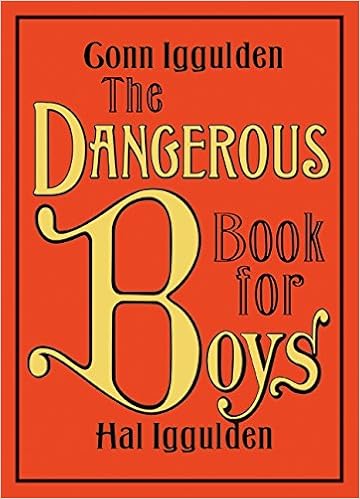Python crucial Reference is the definitive reference advisor to the Python programming language — the single authoritative guide that reliably untangles and explains either the middle Python language and the main crucial elements of the Python library.
Designed for the pro programmer, the booklet is concise, to the purpose, and hugely obtainable. it's also specific details at the Python library and plenty of complicated topics that isn't on hand in both the professional Python documentation or the other unmarried reference source.
Thoroughly up-to-date to mirror the numerous new programming language gains and library modules which have been brought in Python 2.6 and Python three, the fourth variation of Python crucial Reference is the definitive advisor for programmers who have to modernize present Python code or who're making plans an eventual migration to Python three. Programmers beginning a brand new Python undertaking will locate exact insurance of latest Python programming idioms.
This fourth version of Python crucial Reference beneficial properties a number of advancements, additions, and updates:
- Coverage of latest language beneficial properties, libraries, and modules
- Practical assurance of Python's extra complicated beneficial properties together with turbines, coroutines, closures, metaclasses, and decorators
- Expanded assurance of library modules relating to concurrent programming together with threads, subprocesses, and the hot multiprocessing module
- Up-to-the-minute assurance of ways to exploit Python 2.6’s ahead compatibility mode to judge code for Python three compatibility
- Improved association for even swifter solutions and higher usability
- Updates to mirror sleek Python programming type and idioms
- Updated and more advantageous instance code
- Deep assurance of low-level approach and networking library modules — together with concepts no longer lined within the ordinary documentation
Preview of Python Essential Reference (4th Edition) PDF
Similar Reference books
Escaping into the Open: The Art of Writing True
“Crystal transparent, bracing as ice water, Escaping Into the Open could be learn via all scribblers despite fabric luck. ”—Rita Mae Brown“This is a very strong publication. ”—BooklistBestselling, award-winning novelist Elizabeth Berg is aware something or approximately writing, having graced the area with significant works of fiction together with speak prior to Sleep, The 12 months of Pleasures, and the acclaimed Oprah publication membership choice, Open apartment.
The bestselling ebook for each boy from 8 to 80, protecting crucial boyhood talents comparable to construction tree houses*, studying the right way to fish, discovering precise north, or even answering the age previous query of what the massive care for women is. during this electronic age there's nonetheless a spot for knots, skimming stones and tales of superb braveness.
Dictionary of Architecture and Construction
The main accomplished architecture/construction dictionary on hand. For the broadest attainable insurance of phrases that make up the fundamental language of structure and development, glance no extra than Dictionary of structure & development, 3rd version. widely revised, up to date, and extended by means of editor Cyril M.
The Penguin Atlas of Ancient History
Strains the migrations and evolution of the races in addition to the advance of civilizations from prehistoric occasions to the fourth century A. D.
- The Home Security Handbook: Expert Advice for Keeping Safe at Home (And Away)
- The Thinker's Thesaurus: Sophisticated Alternatives to Common Words (3rd Edition)
- The Blackwell Guide to the Philosophy of Science (Blackwell Philosophy Guides)
Additional info for Python Essential Reference (4th Edition)
In case you cross the inaccurate type of item, you get a TypeError. for instance: >>> umeth("hello",5) Traceback (most fresh name last): dossier "





